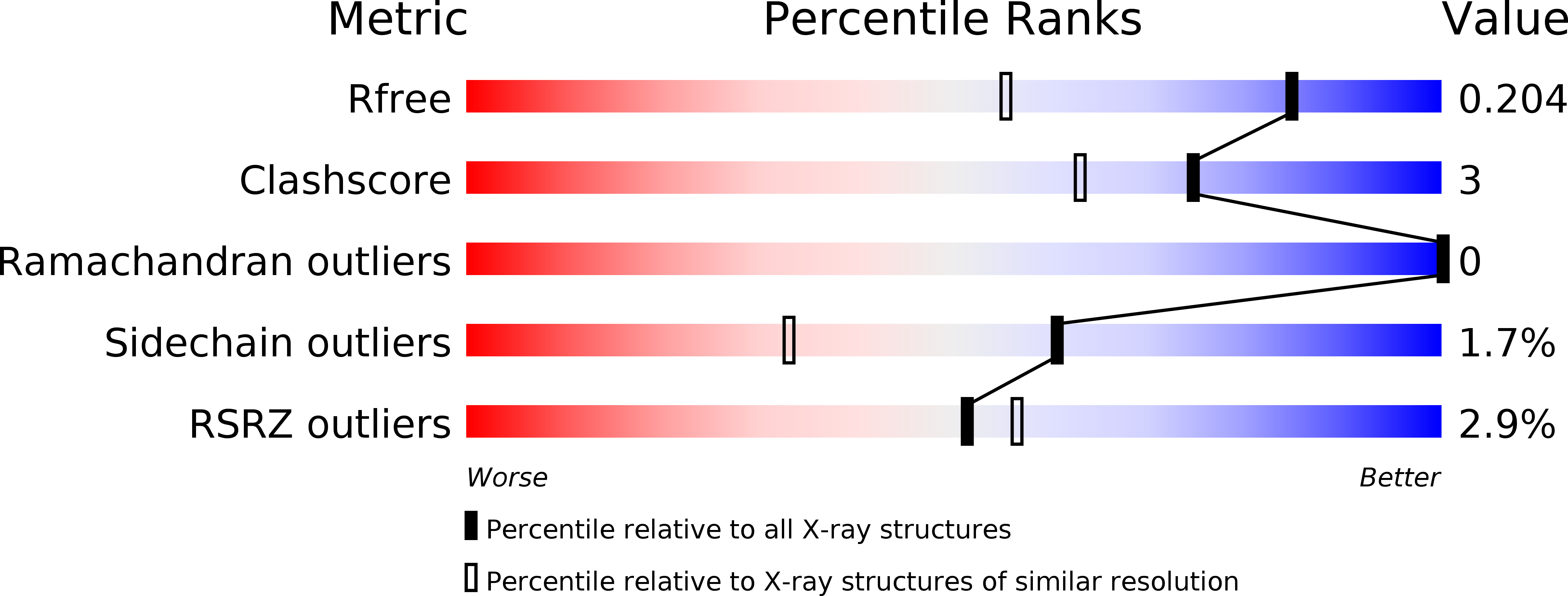
Deposition Date
2000-08-24
Release Date
2001-02-21
Last Version Date
2023-10-25
Method Details:
Experimental Method:
Resolution:
1.50 Å
R-Value Free:
0.21
R-Value Work:
0.19
R-Value Observed:
0.19
Space Group:
P 21 21 21


